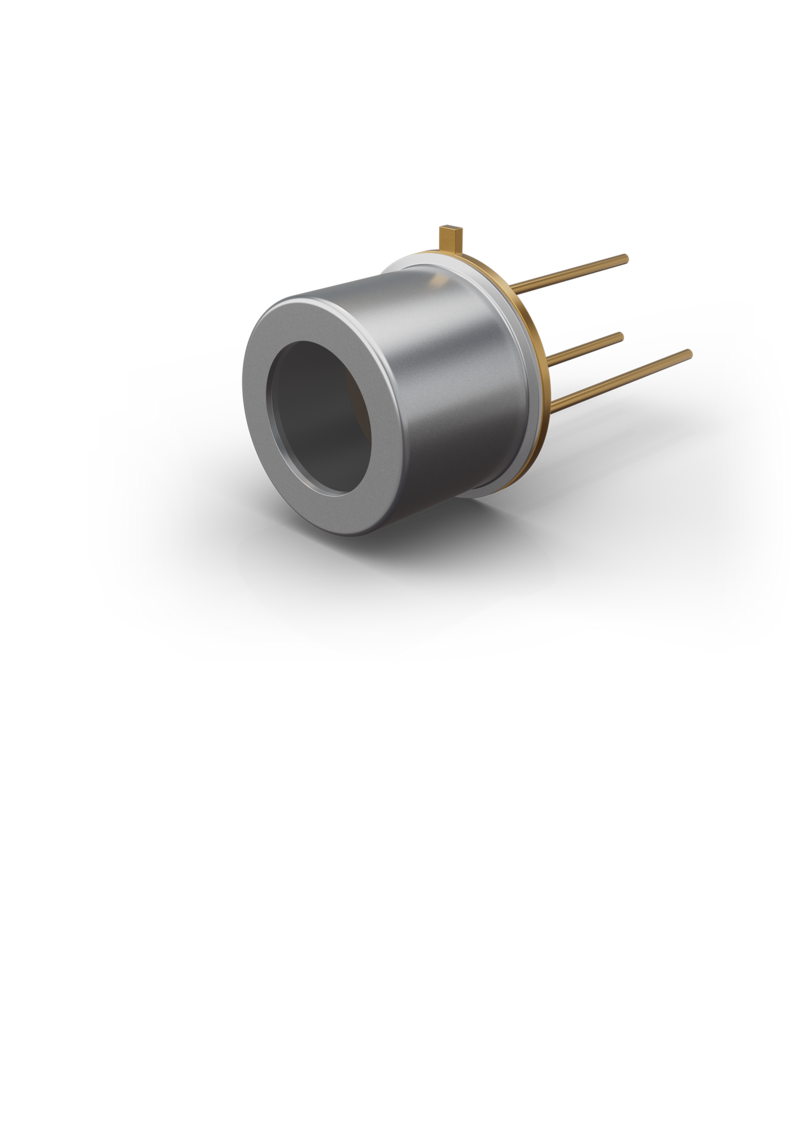Using Spectrometers to Measure Moviegoers’ Feelings
Does a thriller smell different than a comedy? Of course not; after all, olfactory cinema has not yet been invented and emotions are created by images and sounds. However, it is now known that plants and insects pass on information via chemical substances. So, why wouldn’t humans do the same as well? Scientists from the Max Planck Institute for Chemistry and the Johannes Gutenberg University of Mainz have investigated this question. For this purpose, they have chosen a place where many people feel the same feelings simultaneously: the movie theater.
In school, we learn that the oxygen we inhale is converted into carbon dioxide in the body. Generally speaking, this is correct; however, our breath also contains other substances (i.e., so-called volatile compounds). Eight hundred seventy-two of these substances are now known to scientists, some of which are produced by physiological processes in the body. This knowledge is used to measure changes in the body; for example, how the organism reacts to physical activity or certain foods. Strong emotions also trigger biochemical processes in the muscles, nervous system, and blood circulation. Prof. Jonathan Williams and his team from the Max Planck Institute for Chemistry in Mainz wanted to find out whether these reactions can be detected in the air we breathe.
100 Gases in 30 Seconds
Beyond Borders
A movie theater offers the ideal setting for this project, especially because all viewers react to the film at the same time. This means that the measured values can always be assigned to a specific scene. In addition, the theater halls are continuously ventilated: fresh air enters through openings under the seats, and the "used" air escapes through ventilation openings in the ceiling. Scientists installed several mass spectrometers at the openings and were thus able to measure the concentration of around 100 different volatile compounds at 30-second intervals. The continuous circulation also has the benefit that the composition of the air quickly returns to a normal level after the movie. This makes it easy to compare the results of successive measurements later on.
Over the course of one and a half months, the values were measured in two theater halls of a multiplex cinema in Mainz. During this period, films of various genres were shown: in addition to the usual comedies and action films, horror and children's films were also shown; and even a ballet performance was among them. The spectrograms of the individual curves were so characteristic that the researchers could often see with the naked eye which film was involved. In particular, exciting and funny scenes are clearly recognizable by the measurement curves.
Exciting and Funny Curves
Beyond Borders
“When the heroine fought for her life at the height of one of the action films, the values of carbon dioxide and isoprene in the exhausted air always rose significantly,” explains Williams, “at each and every showing.” This is important because this is the only way to produce reproducible (i.e., scientifically reliable) results. Isoprene is known for being released through muscle activity. One explanation for the increase in isoprene concentration in a seated audience could be that moviegoers get tense, restless, and breathe faster during exciting scenes.
The fact that the clearest measurement results were achieved for “tension” and “humor” could be related to evolution. Certain substances are released from the body to signal to others that increased attention is required (“tension”) or that it is time to relax (“humor”). The findings of the study can be advantageous in various areas. In medical breath gas analysis, for example, it is possible to determine whether a patient is in a stress situation and whether the results could be falsified. For audiovisual media such as commercials, films, and video games, the reaction of the test audience can be better evaluated by air measurements.
IR Spectroscopy for CO2 Measurements
Beyond Borders


Scientists at the Max Planck Institute used proven IR spectroscopy to measure the carbon dioxide concentration in the cinema auditorium. Like other gases, CO2 absorbs certain wavelengths of the IR spectrum. If the air is irradiated in the IR spectrum, a sensor can precisely determine the CO2 content based on the absorption behavior. The sensors are matched to the absorbed wavelength of 4.265 µm.
Due to continuous air circulation, the CO2 curve established in theaters takes the classic shape of a “shark fin.” The concentration in the air rises steeply after the start of the movie until it settles at around 1000-2400 ppm. As soon as the audience leaves the theater hall, it quickly sinks again and approaches the starting value.
Pyroelectric detectors by LASER COMPONENTS are mainly used in high-resolution analytics and medical applications.
Further product information:
LASER COMPONENTS Germany - Your competent partner for optical and optoelectronic components in Germany.
Welcome to LASER COMPONENTS Germany GmbH, your expert for photonics components. Each product in our wide range of detectors, laser diodes, laser modules, optics, fiber optics, and more is worth every Euro (€/EUR). Our customized solutions cover all conceivable areas of application: from sensor technology to medical technology. You can reach us here:
Werner-von-Siemens-Str. 15
82140 Olching
Deutschland
Phone: +49 8142 2864-0
Email: info(at)












